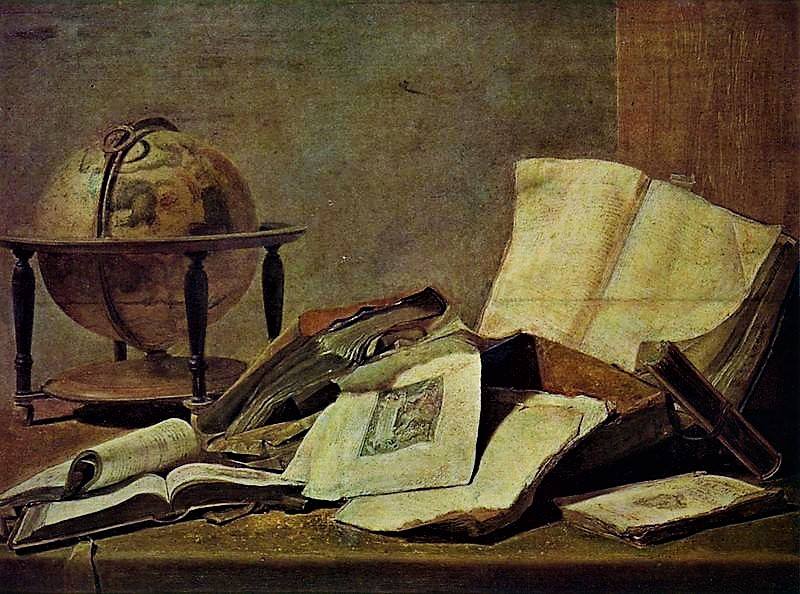Produced from 1942 to 1944, Germany’s Tiger I Heavy Tank saw service in both Europe and Africa. The Tiger’s initial design began in 1937, but little progress was made. However, the German Army’s need for heavily armed and thicker armored tank couldn’t be ignored after the June 1941 invasion of the USSR. Both the Soviet T-34 medium tank and the KV-1 heavy tank were far superior to the Wehrmacht’s Panzer III and Panzer IV tanks.
The Tiger I first saw action in Russia on September 23, 1942. One of the four engaged Tigers became stuck in the mud and was abandoned. The tank was later recovered and studied by the Soviets. Despite this initial setback, the Tiger I saw extensive action in Russia after the fall of Stalingrad in 1942, participating in several defensive engagements.
Despite a solid design and good reputation, the Tiger I suffered one serious design flaw. It was over engineered. A combination of low fuel efficiency, expensive materials, and labor intensive production demands, made the tank difficult to field in large numbers. The Tiger I was also difficult to operate in mud, ice, and snow. Those conditions defined fighting on the Eastern Front.
https://www.scribd.com/document/4949154/Tiger-1-Ausf-E-Battle-Tank
https://www.thoughtco.com/world-war-ii-tiger-i-tank-2361331
Originally designed to punch holes into enemy lines , the changing fortunes of the German Army forced the Tiger I into primarily defensive roles. The Tiger I was used for anti-tank and infantry support. When employed in numbers, the Tiger I was used to counter armored enemy advanced. These reactionary roles, which could be filled by cheaper and lower maintenance StuG IIIs and Panzer IVs.
Only 1,300 Tiger I tanks were produced during World War II. The Tigers that were destroyed during the war were scrapped afterwards. Only six Tiger I tanks exist in museums as static displays. Tiger 131, the only remaining operational Tiger I tank, is operated by the Bovington Tank Museum located in Dorset, England.
